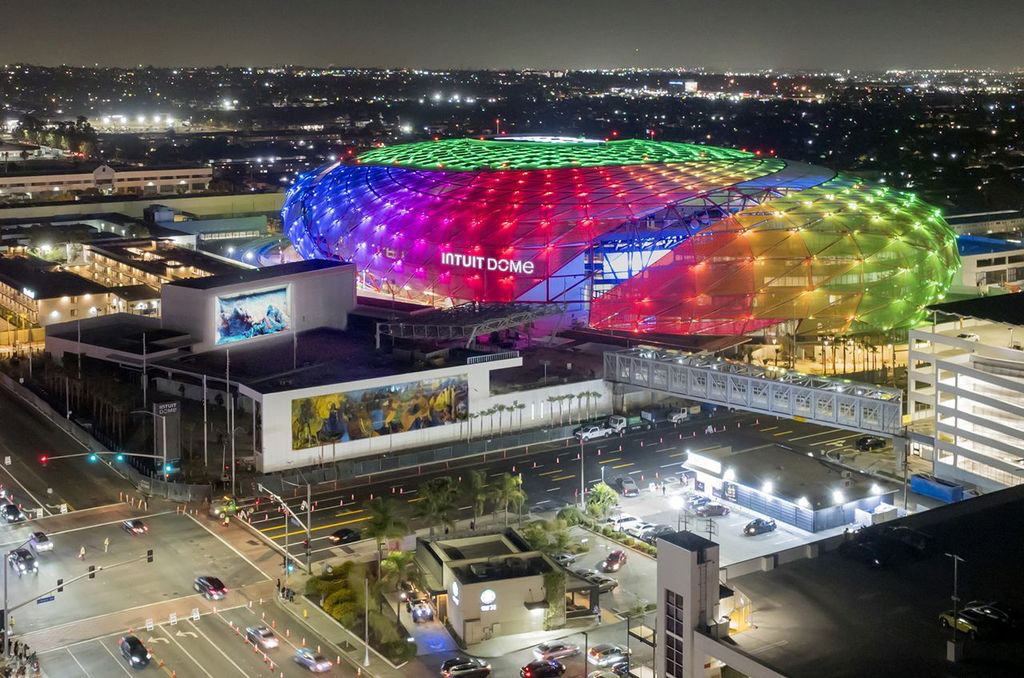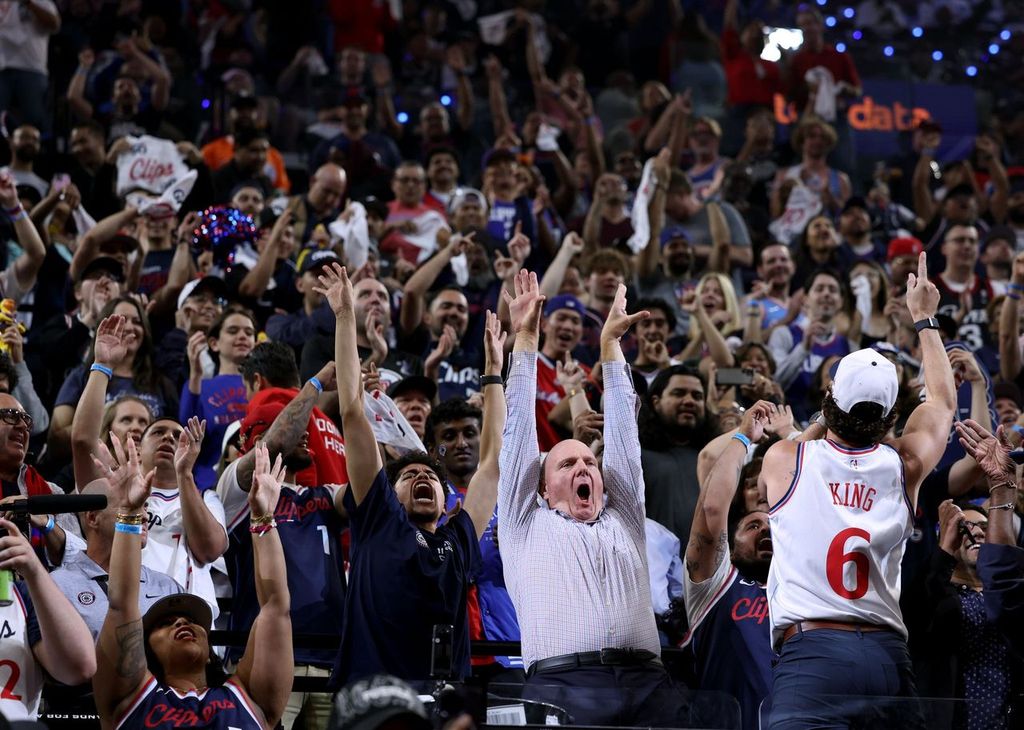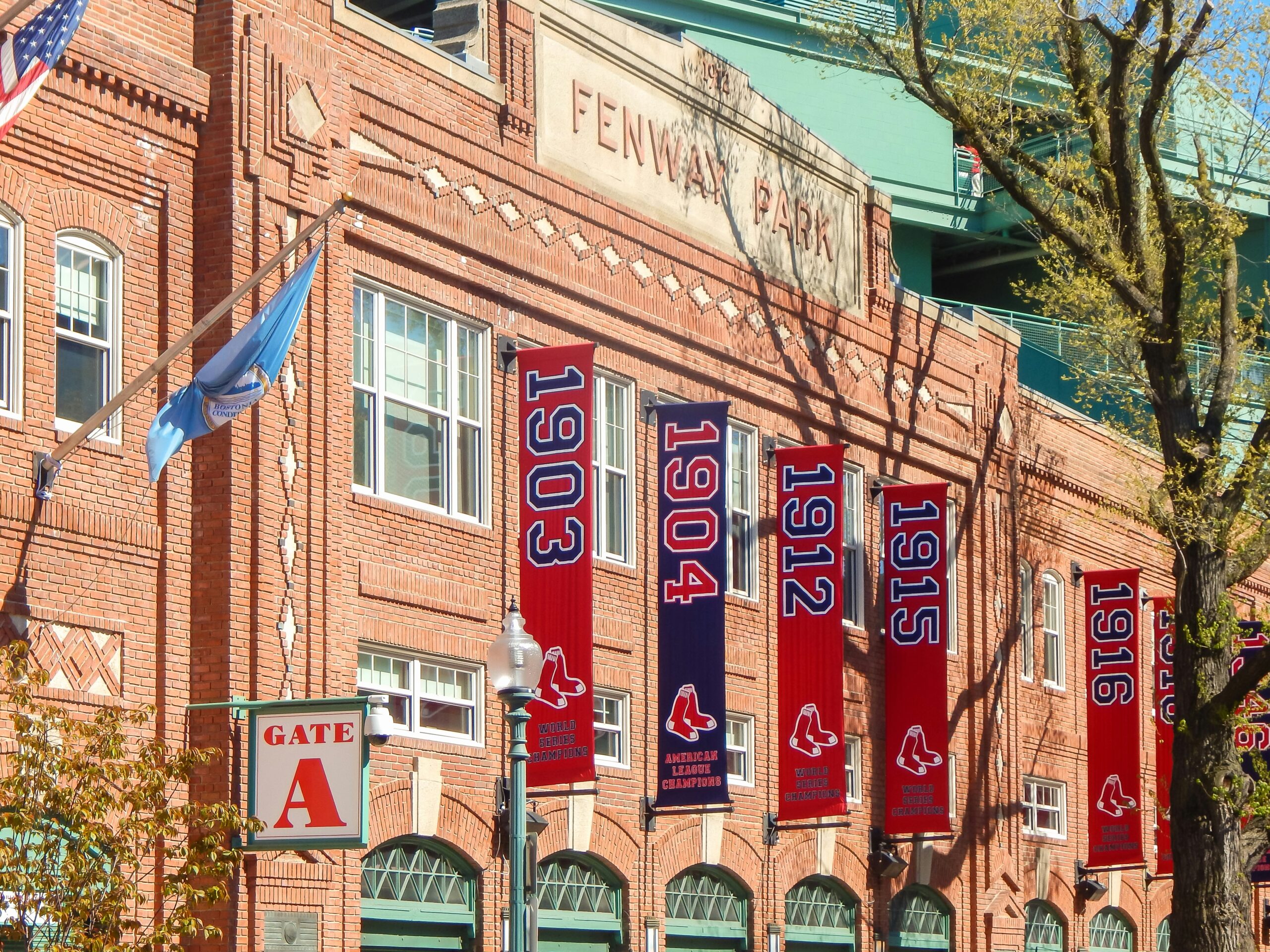How Steve Ballmer’s high tech stadium vision came to life as Intuit Dome

We’ve been hearing about “customer experience” for years and how intelligent use of technology can help deliver more personalized, engaging interactions. That’s always been the goal for every brand, but imagine starting with a blank slate, building something from the ground up with the freedom to design the ideal set of interactions from day one.
That’s what happened when the Los Angeles Clippers started designing their new arena in 2021. It didn’t hurt that the team is owned by former Microsoft CEO Steve Ballmer, whose net worth is estimated at north of $140 billion, per Forbes. As a former tech exec, the owner recognizes the value of technology and has the means to invest wherever he thinks necessary.
When Ballmer decided to build a new home for his basketball team, he wanted to reinvent fan engagement. It wasn’t that money was no object, but he was looking for a wow factor to bring a new meaning to home court advantage. The end result was the Intuit Dome, the most expensive basketball arena in the country so far with a price tag of $2 billion.
Of course there is a mega viewing screen, a ton of bathrooms to reduce lines and technology galore to smooth out entry and concession ordering. There are also comfortable seats with power available in every one. The idea was to give you a living room experience inside a stadium with other like-minded fans.
Ballmer was deeply involved in the project from the start. He hired George Hanna, who previously had stints at IBM, Toyota and Walt Disney, to drive his technology strategy for the organization and run point on the arena planning and construction.
Our house is a very, very fine house
The goal was not just to implement the latest tech for tech’s sake, but to thoughtfully integrate solutions that would make attending games and events more enjoyable, efficient and memorable, while also supporting the needs of the team and arena staff. It was a big ask.
“Steve had a vision for what he wanted Intuit Dome to be from a fan experience perspective,” Hanna told FastForward. “A lot of it centered around, certainly when it comes to basketball, home court advantage and what that means.”

And what that meant was designing a whole section dedicated to just Clippers’ fans. As Newsweek reported, “Intuit's signature feature is called "The Wall," which will provide 51 uninterrupted rows for 4,500 of the "most passionate" fans to watch a game. Visitors are not allowed to wear opponent's gear or cheer for the opposing team while seated in the section. They also cannot resell tickets outside of the Clippers fan marketplace.”
That’s not a tech feature, but it gives you a sense of the lengths that Ballmer was willing to go to make sure his team’s biggest fans were taken care of. As the project began to take shape, Hanna knew he couldn’t do this alone, so he began building his internal team, and went searching for a systems integrator he could work closely with.
It’s a matter of trust
When you’re dealing with hundreds of different contractors, there is a lot of complexity and it requires careful organization and planning to make each piece happen on time, on budget and with minimal disruption.
To get started, he first had to build his internal team with folks he knew from previous stops. “I helped turn Steve's vision into a technology vision and strategy and high level plan. I have a couple folks on my team that I hired early on, and then they hired a couple folks,” he said.
Next, he needed a systems integrator, and again he leaned on his prior gigs. Having had good interactions with Globant in the past, he decided to go with them. “They understood what we were trying to do, and why we were different, and why what we were doing was different, and they really wanted to lean into that,” he said. Globant assigned Tania Salarvand, EVP of hospitality, sports and entertainment to help bring the vision to life and it was no small task.

“At the core of it, Globant really focused on what we call the middle layer, the orchestration layer,” Salarvand said. “There's all of these different pieces and parts. There's a ton of partners that you have to engage with and interact with and we focused on bringing them all together into this orchestration layer.” That meant they were the glue that held the project together and helped coordinate all these moving parts.
We can build this dream together
As Hanna pointed out, they weren’t inventing new technologies, but they were trying to mix and match in ways that were unique to their plan for the dome. And regardless of their choices, it always came back to the fans.
“When we could introduce technology to help that experience, and we've got plenty of it, we certainly did that,” Hanna said. “Whether it was frictionless stores and markets, the game face ID, where you can use your selfie as your ticket or your payment method, or the experience we have in the seats, it's all about driving that fan experience, getting Clipper fans wearing our gear in their seats, cheering for the team the whole time, and what we can do to support that,” he said.
Salarvand said that they kept that idea as their guidepost as they moved forward with the project. “Every decision was about, does it meet the North Star? Does it get people to their seats faster? Does it enable them to move more quickly through the stadium and arena? Does it help them avoid lines and waiting and pulling out their phones and wallets? And if it does all those things, check, let's move forward. If it doesn't, we really need to question if we need that technology,” she said.

It was the combining of various pieces that made this project unique. “All of it together under one roof and in a seamless experience from beginning to end, has never been done, and definitely not something Globant or myself have been a part of. So in that sense it was unique and very different.”
In the end, as Salarvand put it, all the work was about building an arena from the ground up to give the fans and the team every convenience, every advantage to make it as enjoyable a visit as possible. “It was really about the experience. How do we create a fan experience like none other before, and do that enabled by technology, but not taken over by technology.”
Featured photo by Jennifer Steinkam. Courtesy of LA Clippers/Intuit Dome.





